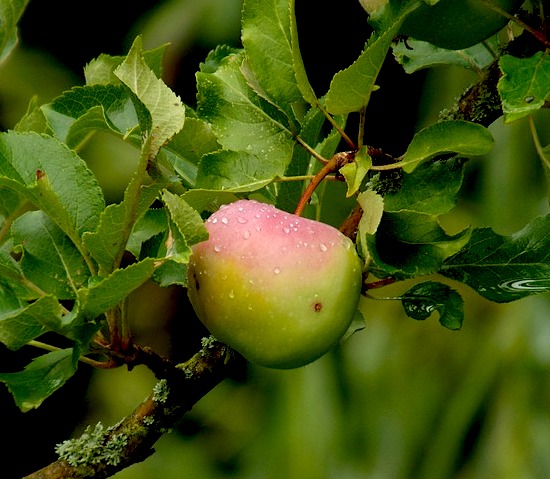The ‘spinster’ apple, the ‘frozen’ apple, the ‘limoncella’ apple. Have you ever heard these suggestive names? They are native apples of Molise, a variety of ancient apples that risked disappearing. Special shapes and unexpected flavors.
The apple is the fruit par excellence; it is never missing on an Italian dining table. And yet, as with so many other fruits, it becomes difficult today to find apples that are different from from the shiny and perfect ones in supermarkets. No dents, symmetrical shapes, very shiny peel. As if they were mass-produced. And what about the taste? Flattened, always the same. When you taste an organic apple, you feel the difference. It’s a different story.
Perhaps you have never heard of Molise for its apples. However this small region boasts a great apple biodiversity. Varieties of ancient apples that risked disappearing but that some enlightened minds are recovering, preserving and enhancing.
This is the case, for example, of the organic apple orchard of Castel del Giudice (Isernia), a village in upper Molise on the border with Abruzzo, which preserves more than 50 varieties of native apples.
Among the native varieties of Molise we find very special apples: ‘spinster’ apple, ‘frozen’ apple, ‘limoncella’ apple.
The ‘spinster’ apple is sweet and fragrant, with a yellow color and pink shades. Typical of upper Molise, Abruzzo and some areas of Campania, it most likely got its name to late ripening. According to other interpretations, its name would be linked to the ancient custom, among unmarried women, of using its pulp as a cosmetic.
Moreover, there is a very special variety, the ‘frozen’ apple which, as the name suggests, has a vitreous pulp: inside, some parts seem glassy, icy. It is fragrant and crunchy, very aromatic.
Finally, there is the ‘limoncella’ apple which, as the name suggests, resembles a small yellow lemon. The pulp is white, acidulous, crunchy and very fragrant.
Brunella Muttillo

